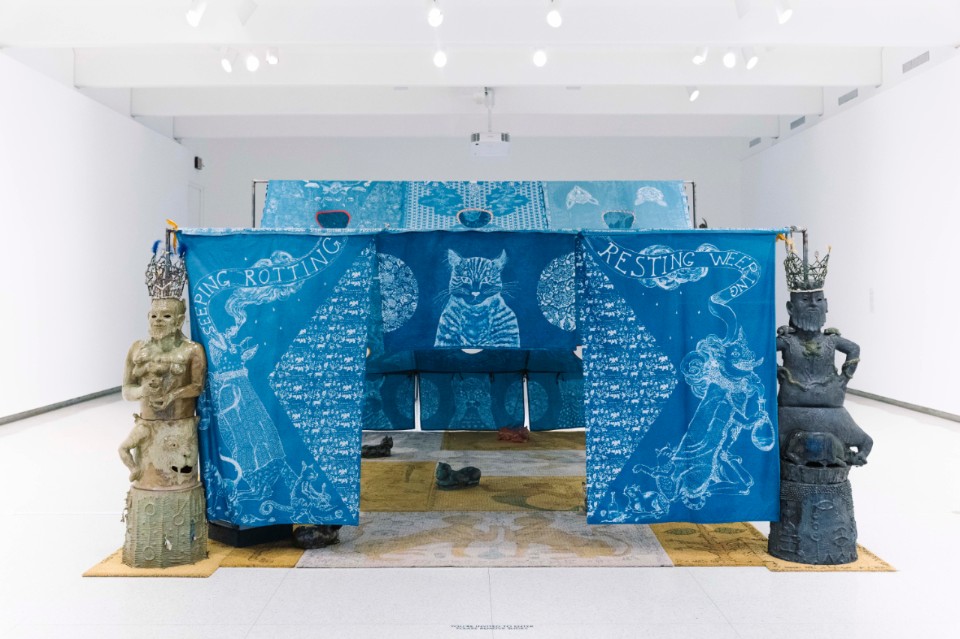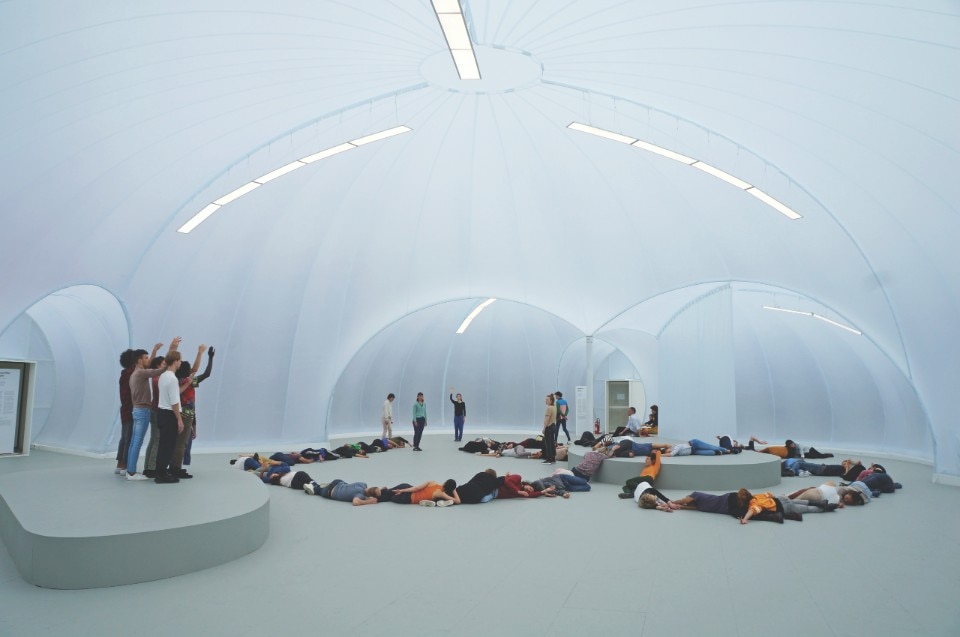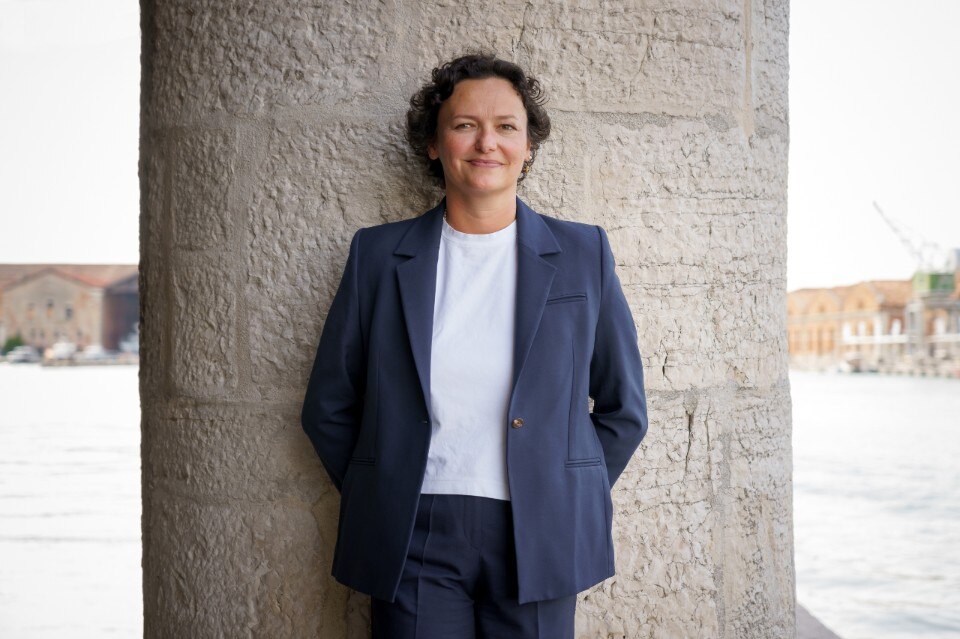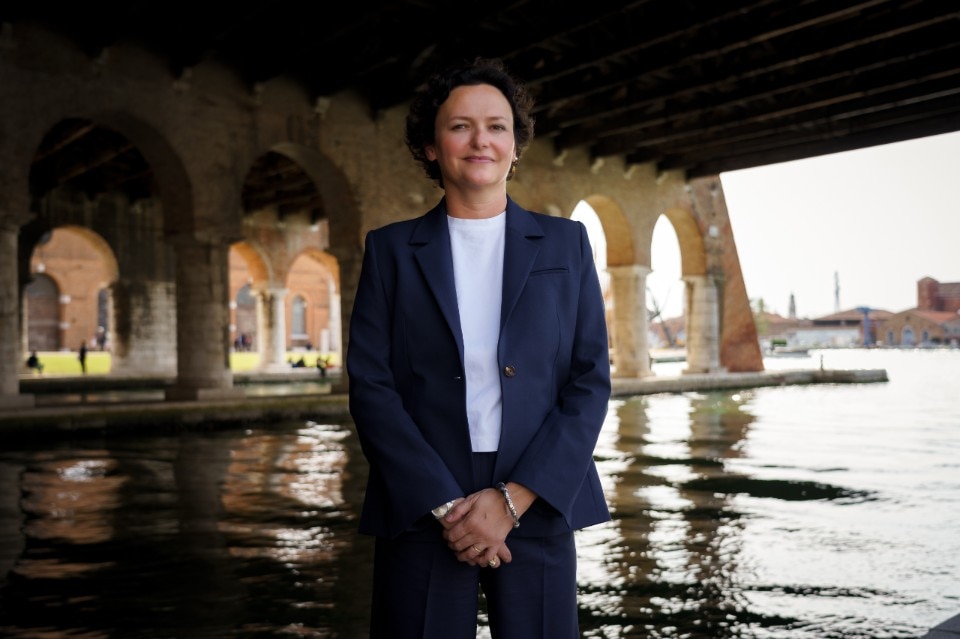When people wish her good morning, Cecilia Alemani already knows there is a question looming behind that greeting. It is about the meaning of a Biennale in a world in a constant state of emergency: “We told ourselves that it was going to end in a few days, but it didn’t. However, we cannot put culture aside, not even at times like this, because culture is never useless. It is art that keeps the dialogue moving. It is its voice that makes the mediation possible, that builds bridges while others blow them up.” Alemani is the director of the 59th Venice Art Biennale, titled The Milk of Dreams, which will be held in Venice starting on 23 April. She has had two years to prepare it – the years of the pandemic. And it will open to the public 59 days after Ukraine was first attacked – the two months that made us question the whole of Europe’s security and defence.
“The exhibition, which will take place in the Giardini with the national pavilions, was a projection of the geopolitical dynamics of the 20th century: many thought they were obsolete, and instead...”. Instead, the Russian and Ukrainian pavilions will remain closed (the Russian curators resigned as a way to speak out against the war, and the Ukrainian pavilion announced they could not work safely), while Kazakhstan, Kyrgyzstan and Uzbekistan will be present for the first time.

“I don’t know if they’re having the same discussions at documenta, but I don’t think so. The ultimate meaning of this Biennale lies in its topicality: the idea that there is a man who can decide to invade a democracy in the country next to his own, and that he can do so out of his own hubris, is exactly what the Exhibition is trying to oppose.” However, there is no room for cancel culture: “I live and work in the United States, where that kind of censorship knows no half measures, so I prefer to be very cautious on the subject. I can make three considerations: first, we are right in the thick of things and it is very difficult to make decisions; second, cancelling people and stories does not heal anything, least of all the present; third, once a distance has been created, a shadowy zone where Dostoevskij gets ignored, it will be very difficult to pick up the threads again in the future. In this way, cancel culture does no good to anyone.”
Ecco dunque i tre temi cardine della Biennale: la rappresentazione dei corpi e le loro metamorfosi; la relazione tra gli individui e le tecnologie; i legami che si intrecciano tra i corpi e la terra.
In the meantime, Alemani has made her choices. There are 213 artists – for 180 of them it is their first time in Venice. Many participants are non-binary, even more (the majority) are women. 1,550 works, 80 new productions. Two Golden Lions for Lifetime Achievement awarded with equal merit to Katharina Fritsch, from Germany, and Cecilia Vicuña, from Chile. Five so-called “time capsules”, thematic exhibitions creating constellations unfolding across the exhibition. “I was faced with a changing humanity caught in a period of crisis and transformation. So I started from my philosophical studies to understand how they could act as a mirror, helping us to read recent and upcoming events. It has been a process: the initial idea of metamorphosis has been broadened, while still maintaining the artists’ vision as a starting point.”
The Milk of Dreams, from the storybook by Leonora Carrington (among the artists of Surrealism and Magic: Enchanted Modernity, on show at the Peggy Guggenheim Collection), starts from a series of questions: how is the definition of human changing, first of all; what separates the animal from the vegetable and the human from the non-human, what responsibility do we have towards other life forms and towards the planet. And, finally, what would life be like in the post-human world? “I read and took inspiration from the work of Rosi Braidotti, Marina Warner and Donna Haraway, three scholars who are very attentive to reality and the transformations it undergoes.” These are the three main themes of the Biennale - the representation of bodies and their metamorphosis; the relationship between individuals and technologies; the bonds that tie our bodies and the earth.

“If I say interceptional, does it make sense in Italian?”. She means an interdisciplinary approach that intercepts multiple themes, from migration to climate change. So yes, it makes sense. Even thinking about how much direct physical contact with the artists may have been lacking in the preparation of the Biennale. Was it a limitation? “Partly. I think of my colleagues in cinema, theatre and dance. A film is transportable, it doesn’t matter if you see it at home. Another thing, for me, was not being able to travel, not being in front of a painting, not being able to smell with my nose, not being able to walk around a sculpture. In short, I saw a lot of art, but I experienced it very little in person. However, I experienced something new. All those studio visits – hundreds of them, all via zoom – allowed me to have conversations that I would never have had before the pandemic. They were dense, full of intimacy: they dealt with much more introspective, almost confessional themes, which I would not have touched on in a live meeting”.
For example? “It was a very long reflection on identity: we asked ourselves what separates the human being from other life forms, and we did it while humanity was being put up against the wall by a virus, a microscopic force that showed the limits of our knowledge”, she explains. “Where, in those days, was the hope in science and invention? Would we be able to imagine new forms of coexistence? This practice is not limited to theoretical aspects: the time when we could feel we were at the top of the evolutionary pyramid is over, it is time to practice respect.” Perhaps by treasuring the lessons of the past. But memory is never carved in stone, unchangeable. It is alive and sometimes unpredictable.

If she could add a new capsule to the series made with Formafantasma, what would she dedicate it to? “Art has always been the megaphone of complex situations, such as the war: I am thinking of Surrealism, a movement that looked at the unconscious but was born from the ashes of the First World War without knowing that a Second World War would soon follow. It was anti-totalitarian and anti-militarist just like, I imagine, the artists of this 59th Biennale: it would be interesting, then, to show how a conflict is processed in their minds.”
Is it useful to think in advance about the unpredictability of events? And how do you proceed when you cannot ignore what is happening? “By praying a lot?” asks Cecilia Alemani in turn. “The advantage, for me, is being able to deal with artists, the only ones capable of assimilating facts and returning them in real time, but in an innovative and surprising way. They are the guides of the world, especially when the drama is still going on. Could this be the post-human condition?”
Opening image: Cecilia Alemani. Photo Andrea Avezzù. Courtesy La Biennale di Venezia


